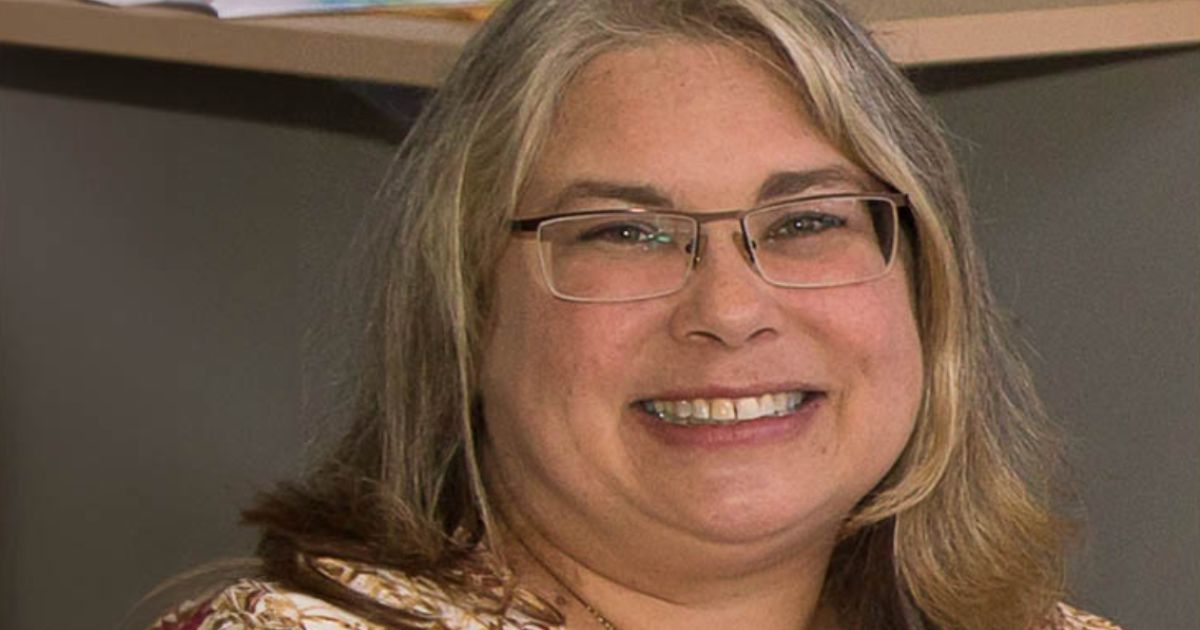College students often discuss what they’re studying and where they want to go with their careers. For a long time, I struggled to answer those questions. It took me quite a bit of time to figure out what I wanted to do career-wise. At first, I was just a liberal arts student taking classes that fell within the A.A. requirements — sometimes aimlessly. I knew I wanted to do something related to the arts, but what exactly? I always liked music and photography. Over time I learned to appreciate creative writing. But unfortunately the life of an artist isn’t always lucrative. Job openings for “struggling artists” can be hard to come by. I wanted to find something that would allow me to strike a balance between my passion and my paycheck.
After some research, I learned that EFSC offers an Computer-Aided Drafting and Design A.S. degree. The artistry required for this field of study greatly appealed to me. Best of all, the program would only take two years to complete. After that, I’d have the option to enter the workforce or to pursue a higher-level degree in architecture or engineering. Excited about these prospects, I enrolled. I was going to be a drafter!
I quickly found out that most people don’t know what a drafter is. When people ask me what I’m studying and I tell them, they usually nod their heads in approval.
Then after a second of thinking ask, “Is that for the army or something?”
“No,” I respond, searching for the least confusing explanation I can come up with. “Quite simply, I draw on the computer!”
By definition, a drafter is someone who creates detailed technical plans or drawings. Almost everything has a design or a plan to it: office buildings, houses, the parts of a car that enable it to move — even roads, plumbing and electrical wiring. The general job description includes sketching, designing and drawing, which requires a lot of time and effort. When a drawing is finished, it then is sent to an engineer or architect associated with the project for approval.
Drafters typically work under the supervision of a mechanical engineer, a civil engineer or an architect, who hold higher certifications (such as a Bachelor’s degree). They make calculations related to the structural integrity of a design. After the drawings are planned, drawn, detailed and approved, they are printed into a layout for a builder or manufacturer to start the construction process.
Maybe you’re not ready to commit to the full A.S. program, but that’s okay — Eastern Florida also offers two certificates. The basic AutoCad Foundations Certificate provides a great starting place for anyone interested in a career in drafting. It requires 15 credit hours, which is a lighter load than an A.S. degree. If you want to go beyond the realm of AutoCAD, take a series of drafting classes using different applications, such as Revit for architecture, or SolidWorks or Inventor for drawing mechanical parts. While the higher-level Drafting Design Certificate (24 credit hours) requires you to develop knowledge of civil and architectural drafting, it also includes technical electives that provide practice with mechanical parts and assemblies. These credit towards the Associate degree.
As for me, I have completed my drafting certification and now wait for internship placement! While being certified is great when it comes to pay and demand within the industry, graduating with my A.S. will open the door to even more opportunities. I chose this degree because I aspire to become an architect or an interior designer, and the College’s DirectConnect agreement guarantees me admission to UCF, where I could pursue a Bachelor of Design in Architecture. (FIT also offers a similar transfer opportunity for those who wish to become engineers.) Whether you are interested in architecture or one of the various branches of engineering, studying within the field of drafting and design is a great way to get started on an exciting career path!
- So You Want To Be a Drafter? - July 3, 2019
- Smile! My Visit To EFSC’s Dental Clinic - May 29, 2019




